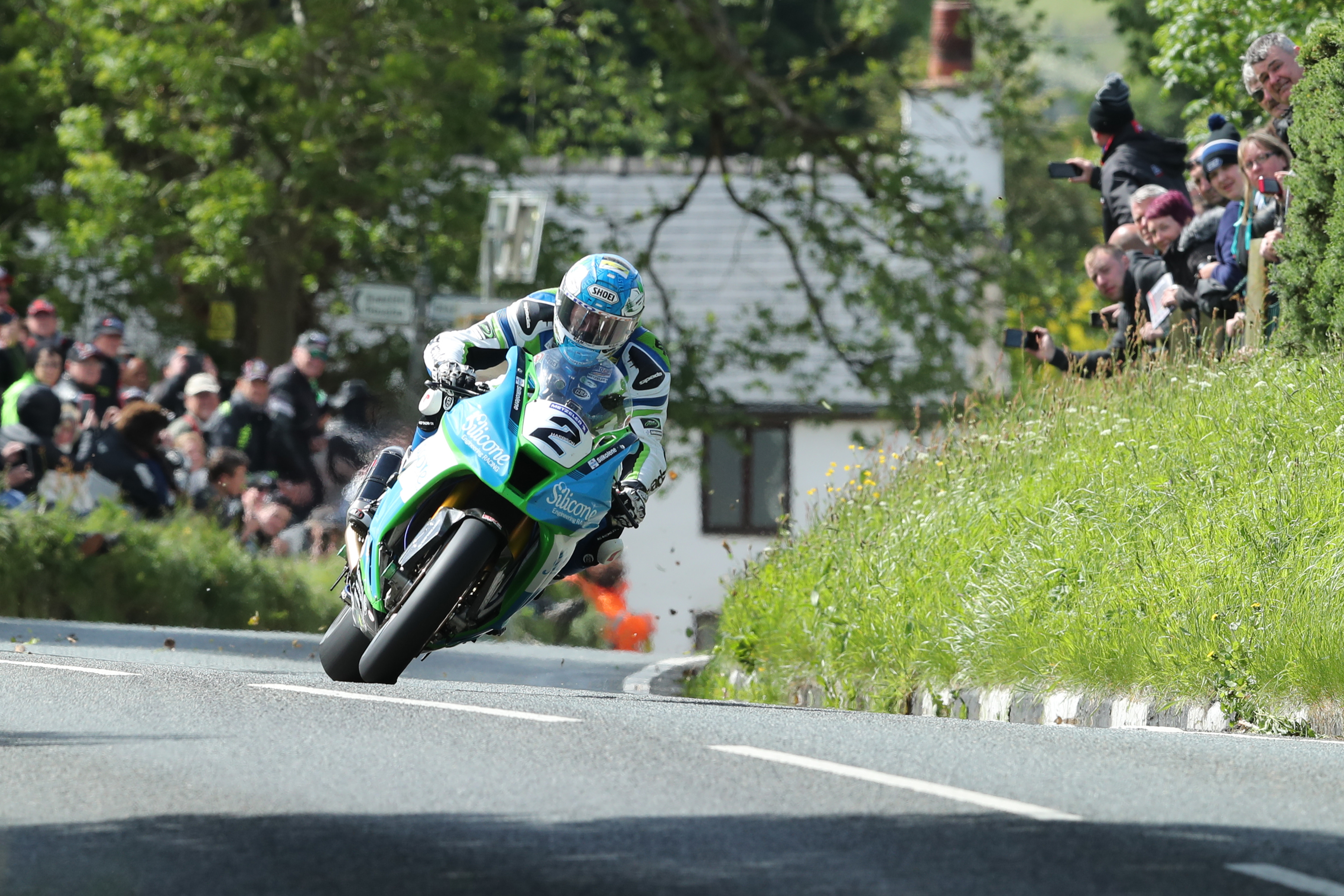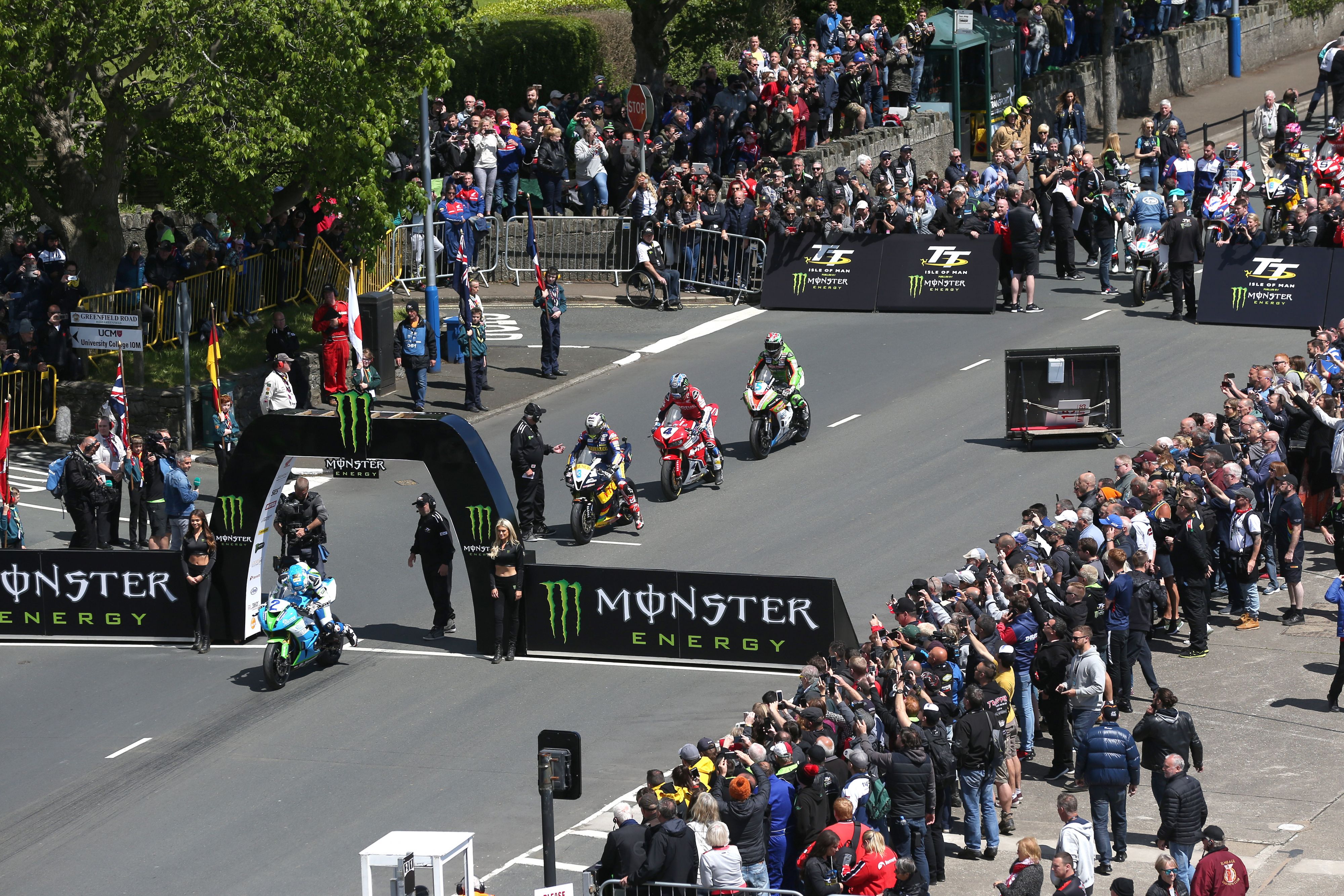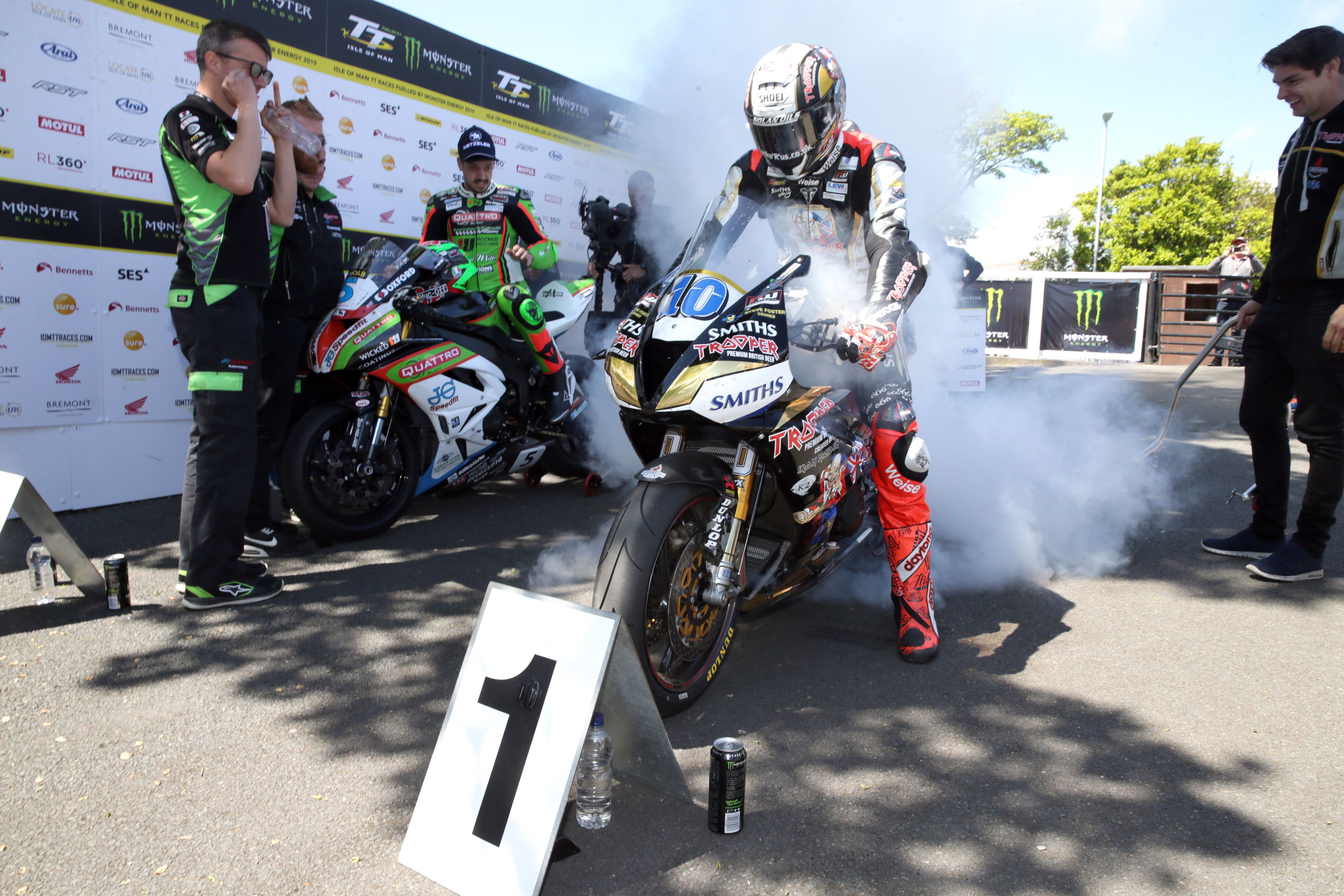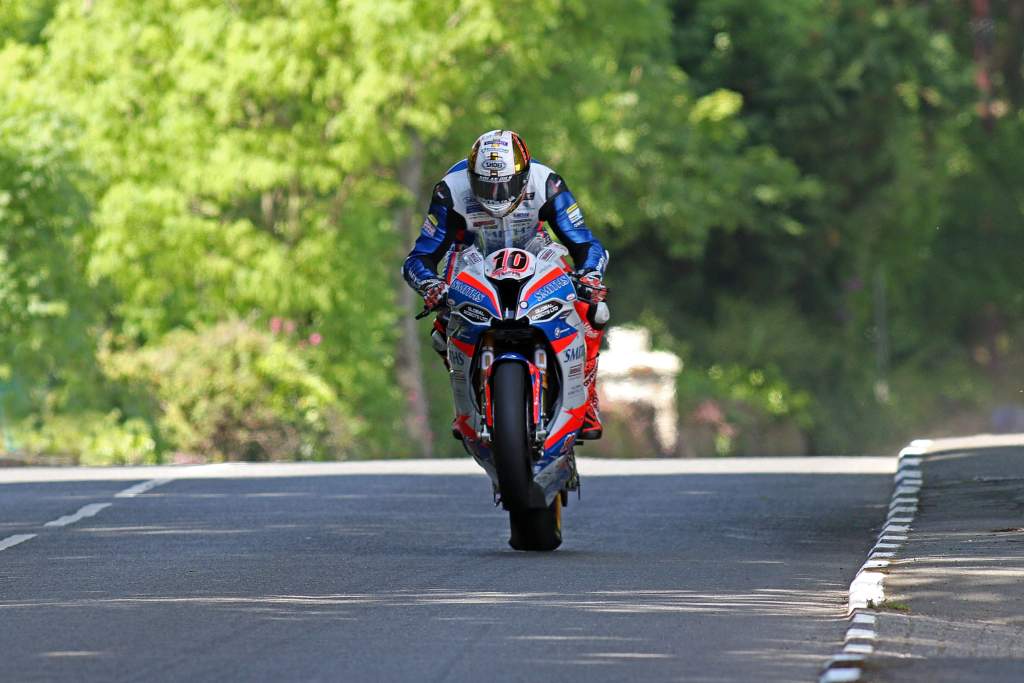Sweeping safety changes being introduced at the 2022 Isle of Man TT are an attempt not just to make the event safer for riders, but to ensure its long-term future.
The changes are aimed at disrupting a traditionally risk-unaware culture that permeates throughout road racing, according to TT boss Paul Phillips, who has led the changes during the historic event’s two-year absence thanks to the COVID pandemic.
The change so far that has perhaps drawn the most attention is a reduction in grid numbers, with the starters for every race being cut to 50 riders. The changes go beyond that, too, with the introduction of a new GPS tracking and timing system, the introduction of warm-up laps on race days, and higher standards of safety equipment all also coming into effect.
However, while they might be the most visible updates to a race with a reputation for danger, it’s not any specific action that stands to make the biggest difference, according to Phillips.
Instead, it’s the wholesale shift in how the TT approaches risk after decades of considering serious injury and death almost an accepted component that he believes will change the future course of the race – even if it is already facing some opposition from conservative voices.

“Of course, there’ll always be some resistance,” the Manx native told The Race, “especially around the safety and risk management stuff. You see people saying, ‘They don’t need to do any of that stuff because the riders know the risks’.
“That culture that exists around our sport isn’t something I can sign up to. There are avoidable risks and risks that can be managed out, and that doesn’t change the essence of what TT is and the inherent risk that is part of the attraction. What it does do, though, is mean we are a sustainable and responsible organisation.
“We’ve seen some pushback around some of that stuff, but it’s often without logic. But there has been really good feedback on a lot of it too. You see people asking, ‘Why hasn’t this been done before?’ and I agree with them. The big one has been people who are disgruntled with the numbers on the grid, but in reality, it’s only a small reduction. It’s about 10 riders.
“The changes around the safety and risk management are an attempt not only to secure the long-term future of our event but to disrupt the culture of motorcycle road racing a little bit as well, which perhaps too often normalises risks which are unnecessary. You can maintain all of the traditions and values of it, but we’ve got access to real world-class talent in some areas, and you can use that talent around medicine, or mental health, or risk management and be proud of it.”
And while not everyone might have yet bought into the plan, one thing is clear about his motives for implementing it ahead of this year’s race: Phillips sees the new changes as a fundamentally necessary step in ensuring that the TT remains a viable event in the longer term, especially as it launches a new live streaming and broadcast service designed to massively increase both audience and visibility.

“It makes it much more defensible,” he insisted. “There’s a thing in our central government for motorsport that talks about a defensible level of safety, and I think when it was written it was talking about being defensible in a court of law, which is right; but I think there’s more to it than that.
“There’s a nuance. If something happens when we’re delivering our event and it ends up in a court of law, that will go to its natural conclusion. But I think that the defensible level of safety should be in the court of public opinion.
“If public opinion turns against the TT, it could stop it, like we almost saw back in 2003 or 2004. It wasn’t the law courts, it was people asking if it was feasible. So, being perceived as a modern, responsible, forward-thinking organisation is really important in terms of the sustainability of the event over the longer term.”

Yet while he and his team, a department of the Isle of Man government, might be pushing to make the event as safe as possible, he also remains under no illusions about one thing: this is road racing, and safety is never going to be on par with circuit-based series such as MotoGP.
“It’s still going to be super dangerous when the flag drops,” Phillips conceded, “because we’re racing motorcycles at speed around a public road and nothing is ever going to change that – but there are things we can do to make it happen while taking away some of the unnecessary risk. If we can do that, then we’re duty-bound to.
“Sat around us are all these people who could either be advocates or a threat, a critic, and when they look at it in the cold light of day when they haven’t grown up with it, when they don’t know it in the same level of detail, it can just look mad.
“The way we want to position ourselves going forward, it’s not just about talking the talk, it’s about walking the walk. We want people to be able to look at it and understand that yes, that is very risky, but why they’re doing it, the way in which they’re doing it, and that they’re responsible.”





